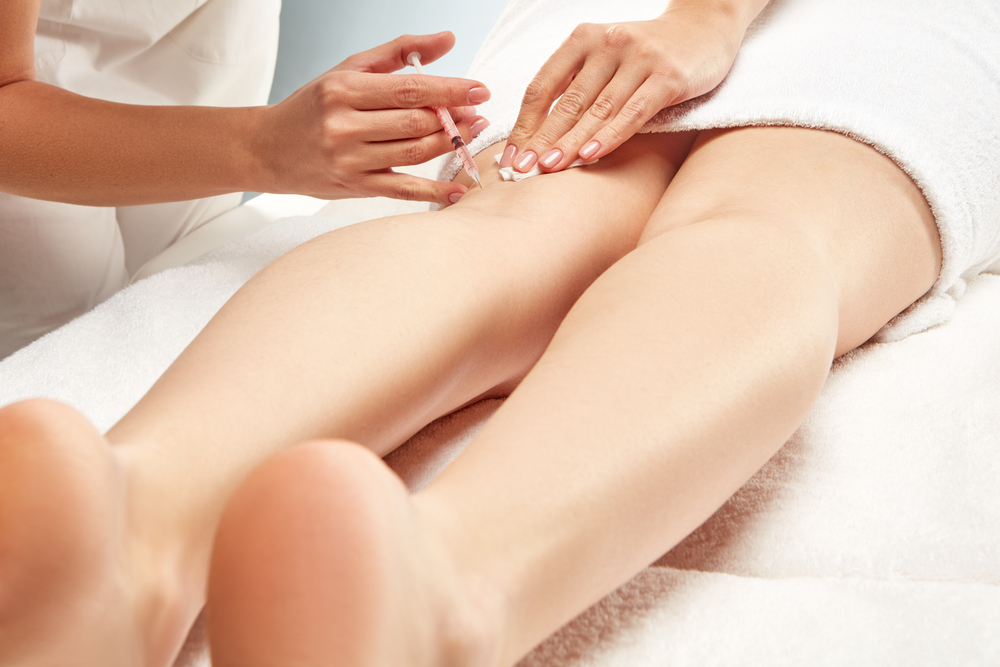Sclerotherapy is a treatment for veins through injection. It is mostly used for treating varicose veins. People with varicose veins have considered sclerotherapy as one of the good treatments. Here are some facts about sclerotherapy, especially if you don’t know what it is. It is used as a treatment for various types of vein conditions, including those that affect the veins’ formation and growth. People who suffer from this are usually adults when they get older.
Sclerotherapy is also known to be used for treating veins or blood vessel deformation, the most common of which is varicose veins. It is a procedure that is mostly used to remove any vein problems conditions. The injection is mainly a salt solution. The solution disturbs the blood vessel lining, which is causing it to stick and clot. Varicose veins are treated depending on the extent of damage.
These are some of the areas where most varicose veins are found:
- Thighs
- Calves
- Ankles
- Feet
- Face mostly on the side of the nose
- Anus


